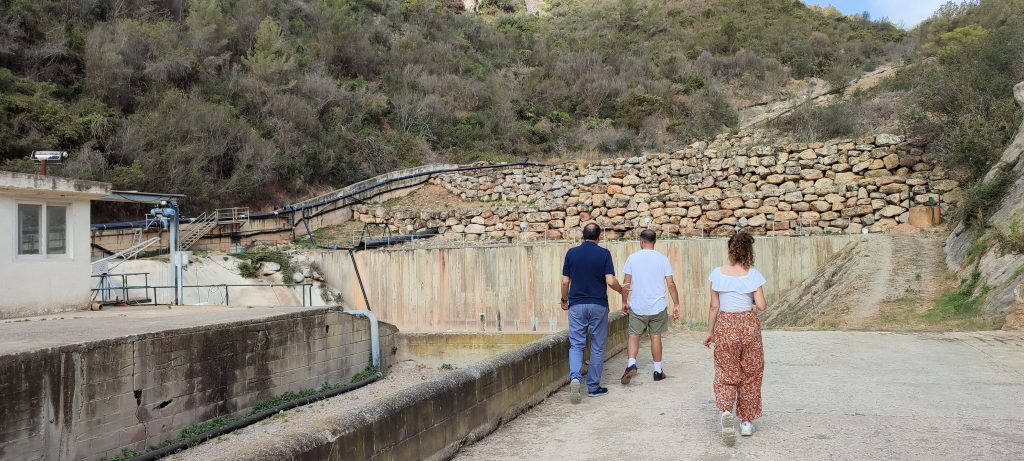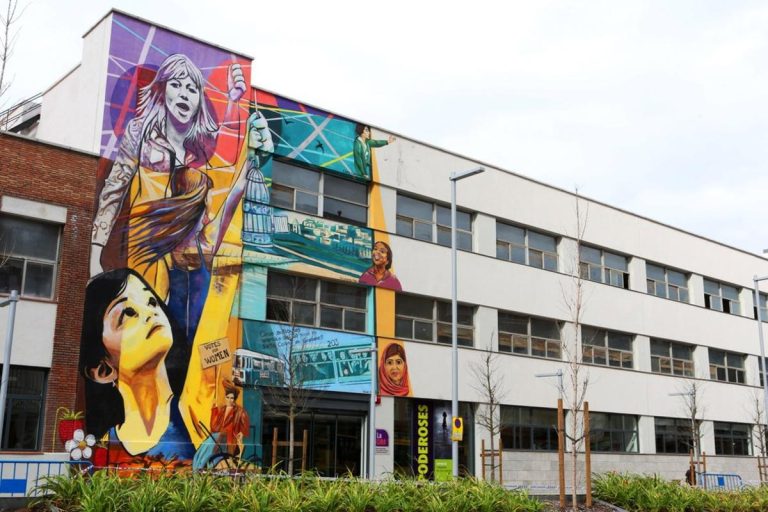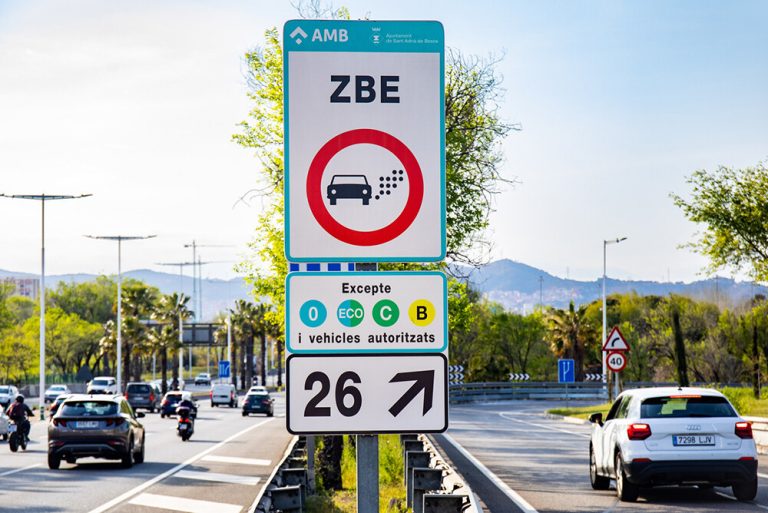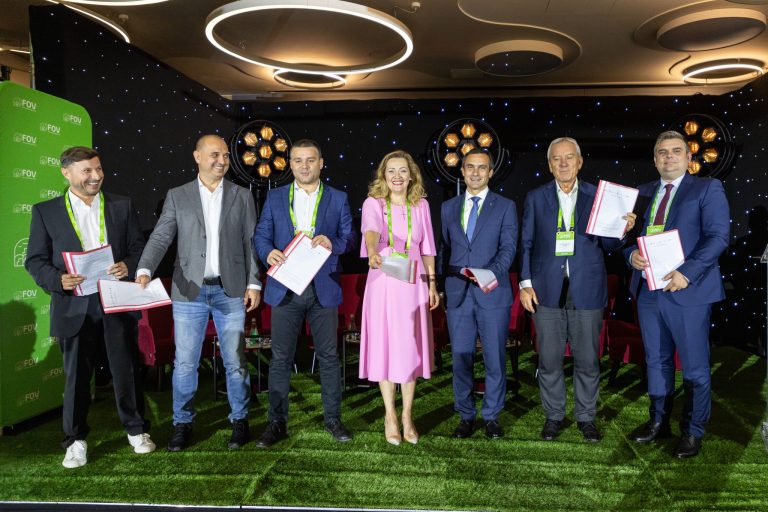Recycling and waste recovery has become the new norm for waste management in the 21st century. Unfortunately, many urban communities do not understand the importance of reusing and recovering raw resources. However, there is a solution for those who want to put an end to existing landfills, a solution that can produce energy with the help of biogas. Area Metropolitana de Barcelona has created a system for Vall d’en Joan that demonstrates how an area can be rehabilitated in a sustainable way.
The landfill was built between 1972 and 1974 and operated until 2006. All the waste generated in Barcelona and the metropolitan area ended up here, on an area of 75 hectares. The location was chosen because of the impervious soil that did not allow pollutants to reach the water table. Since its closure, waste has started to be recycled in centers in Barcelona, but the old ones have remained in the landfill. Because abandoning the area as it was was not a solution, experts thought about how they can recover and dispose of the waste.
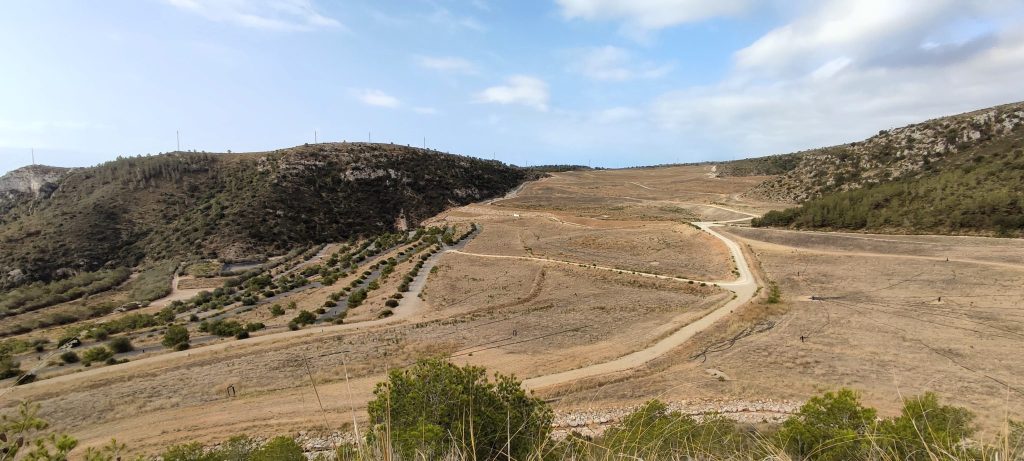
There are 27 million tons of garbage brought between the hills in the almost 30 years of existence that are now a permanent source of biogas production. Spanish law states that a pit must be maintained and treated for 30 years, but the way it is currently being used is a real ingenuity.
The waste was covered with soil to speed up the process of decomposition and creation of biogas. 30 employees work at the station and monitor the production of biogas and electricity. Annually, 30,000 liters of liquid waste are produced. They pass through five reactors that separate the liquid part from the solid part through anaerobic processes and ultrafiltration. The gas is sucked through three compressors and led to a generating station where twelve engines use it as fuel, generating an average electrical power of 12,500 Kw/h, which is exported to the general energy network.
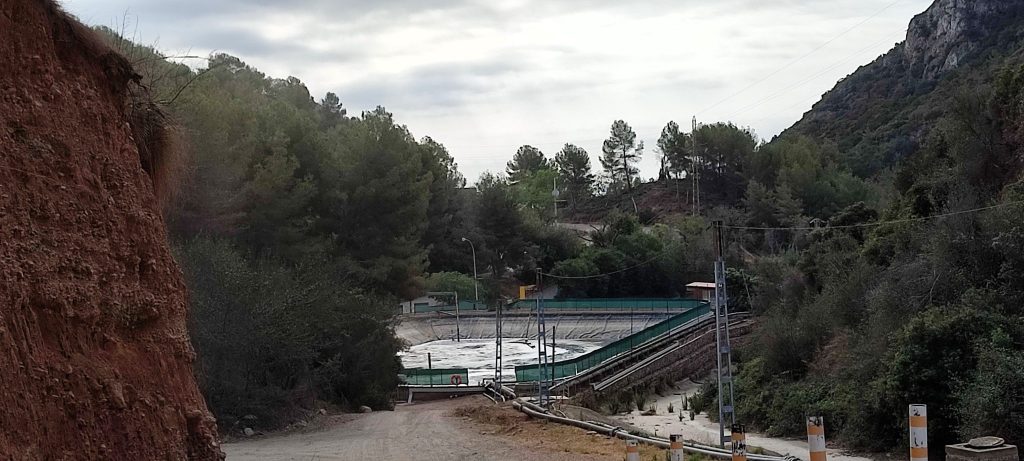
To get to Vall d’en Joan you need a car as it is high up between the hills. It is hard to imagine what the area looked like when it functioned as a garbage dump, now it is full of vegetation, close to trees and with families of wild boars that have found their habitat in the area. We hope to see similar projects in other areas, implemented intelligently and with respect for the environment.
This article is part of the EU Commission project Functional Areas in the EU

